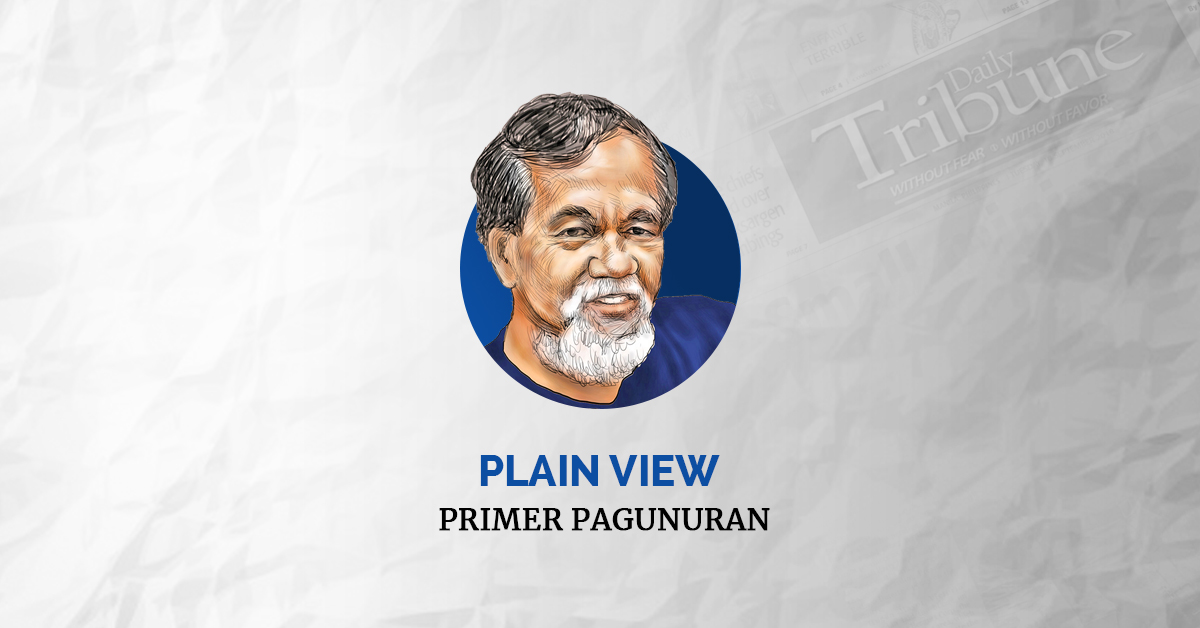Both sectors of the State-Market Divide appear to agonize over a law in existence since 1990. It concerns the 2022 Amended Build-Operate-Transfer Law Implementing Rules and Regulations recently approved during the former National Economic and Development Administration chief’s watch. A row of prior amendments preceded its last IRR revision in 2012.
It prompted the new NEDA chief to convene the committee to scrap RA 6957’s purported “anti-market” PPP provisions. Has the scene sanctimoniously turned into a “battle of the brains” between a successor and a predecessor — as if the elephant is no longer in the room?
It’s a familiar trick in the playbook, it appearing that the former debunks the work of the latter as though all has got to be undone. The ink of the newly-minted IRR has yet to dry, making it extremely irreverent to draft, pray not redact, another IRR on mere bureaucratic whim.
First, “amending” said IRR when it already gained momentum is like changing horses in midstream. Or, so because the intended “review” must consolidate the core issues raised by “big business groups” pushing government to go native (i.e., capture).
Second, renegotiating on the already stalled China railway deal is going back to the scene of the crime. What terms of reference have not been fair and square on both sides of the negotiating table unless these left government no other option than to bite the bullet of high interest rate?
Third, reducing Private-Public Partnership as proxy solution to “fiscal panic” appears tantamount to boarding the last train. Aside from private sector participation, the two other strategic sources for infrastructure financing are government budget and the Official Development Assistance.
If it’s any consolation, the new NEDA chief believes that the choice strategy ought to have undergone a “cost-benefit analysis.” Per his word, it must be “whatever is beneficial for society.”
The central issues to be reviewed are: The definition of “material adverse government action”; government’s exemption from arbitration; and financial capacity requirement. Until the committee convenes, it’s prudent to expect the best to come out of the woodwork, all discordant views notwithstanding.
What the previous administration had chosen to downplay or to, in fact, embellish under the latest updated IRR ought to be respected in deference to former president Duterte’s no-nonsense “anti-oligarchs” sentiment. In the face of windfall profits, the market cannot have its cake and eat it, too, as to pass on “contingent liabilities” to government.
It bears watching how the current chief economist would make government and market operate not at cross-purposes or mutually exclusive interests. Instead, a win-win formula should militate against the problem of, again, contingent liabilities causing undue financial strain to end-users and taxpayers alike.
Be it greenfield or brownfield investment, it’s always best doing PPP right to fill the infrastructure gap. However, there is always a web of ambiguities and complexities whenever government prefers PPP as the financing vehicle for economic growth.
The most peddled myth is that PPP entails no cost on the part of the government. Yet on right-of-way acquisition costs alone, these are actually borne out by government, even aggravated by other self-inflicting compensatory obligations to the concessionaires.
The BOT law or Republic Act 6957 is the precursor of the present PPP law or Republic Act 7718. The first law is literally construed as “Build-Operate-Transfer.”
If, as a case in point, North Luzon Expressway is deemed a BOT project; then how come it still stays on the lane past its 30-year franchise or toll operation agreement supposed to have expired in 2007? In PPP arrangements, is it the private sector extending a lifeline to the public sector, or the other way around?
Strange how a recent editorial embraced — hook, line, and sinker — the script thrown around by the economic team as if it were gospel truth that “PPP is the way to go.” However, might not the chief economist be looking at the wrong end? Who’s taking or giving a rain check, pray tell?
